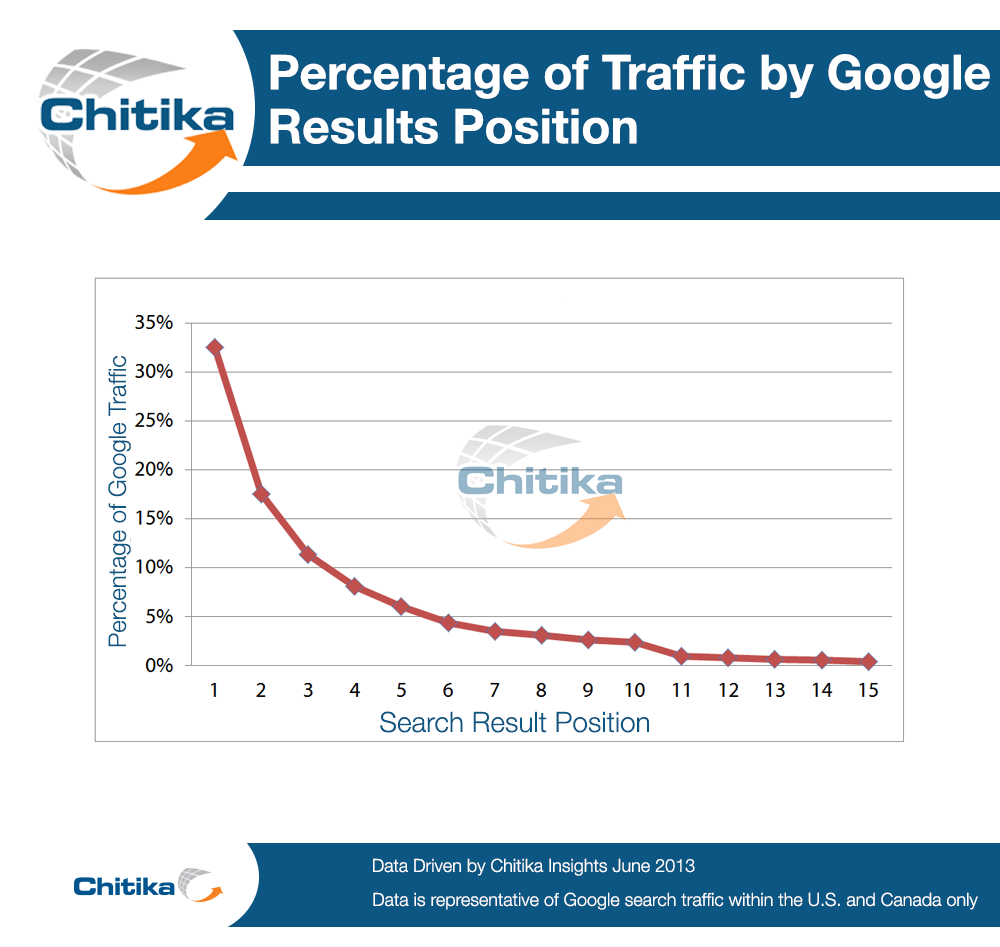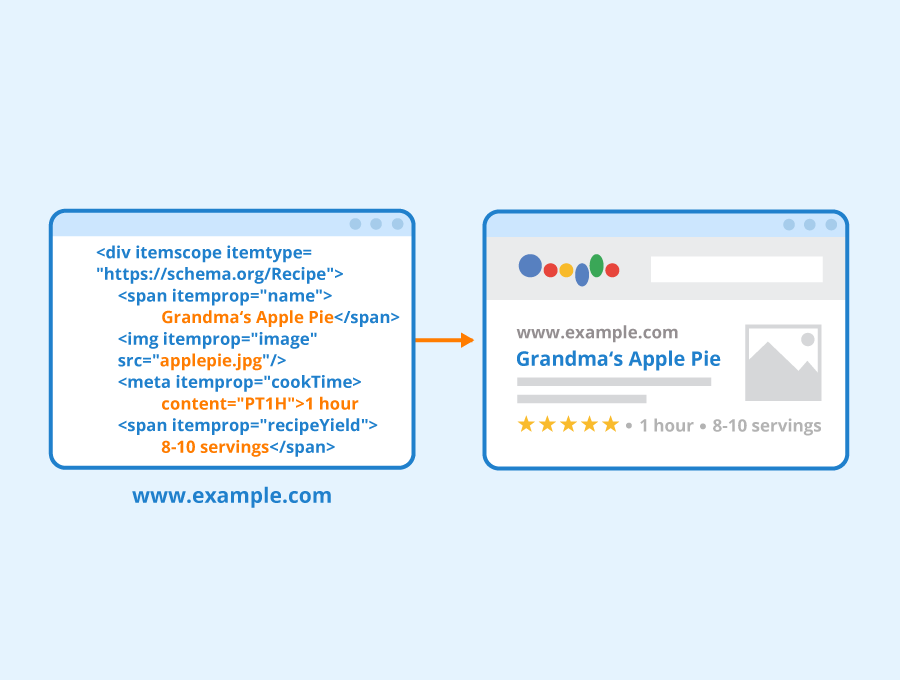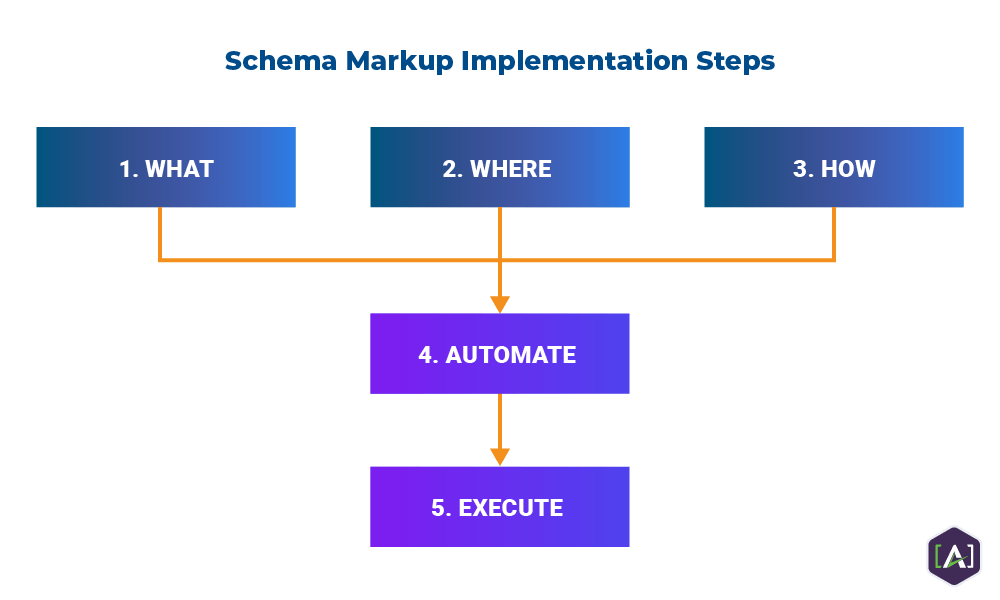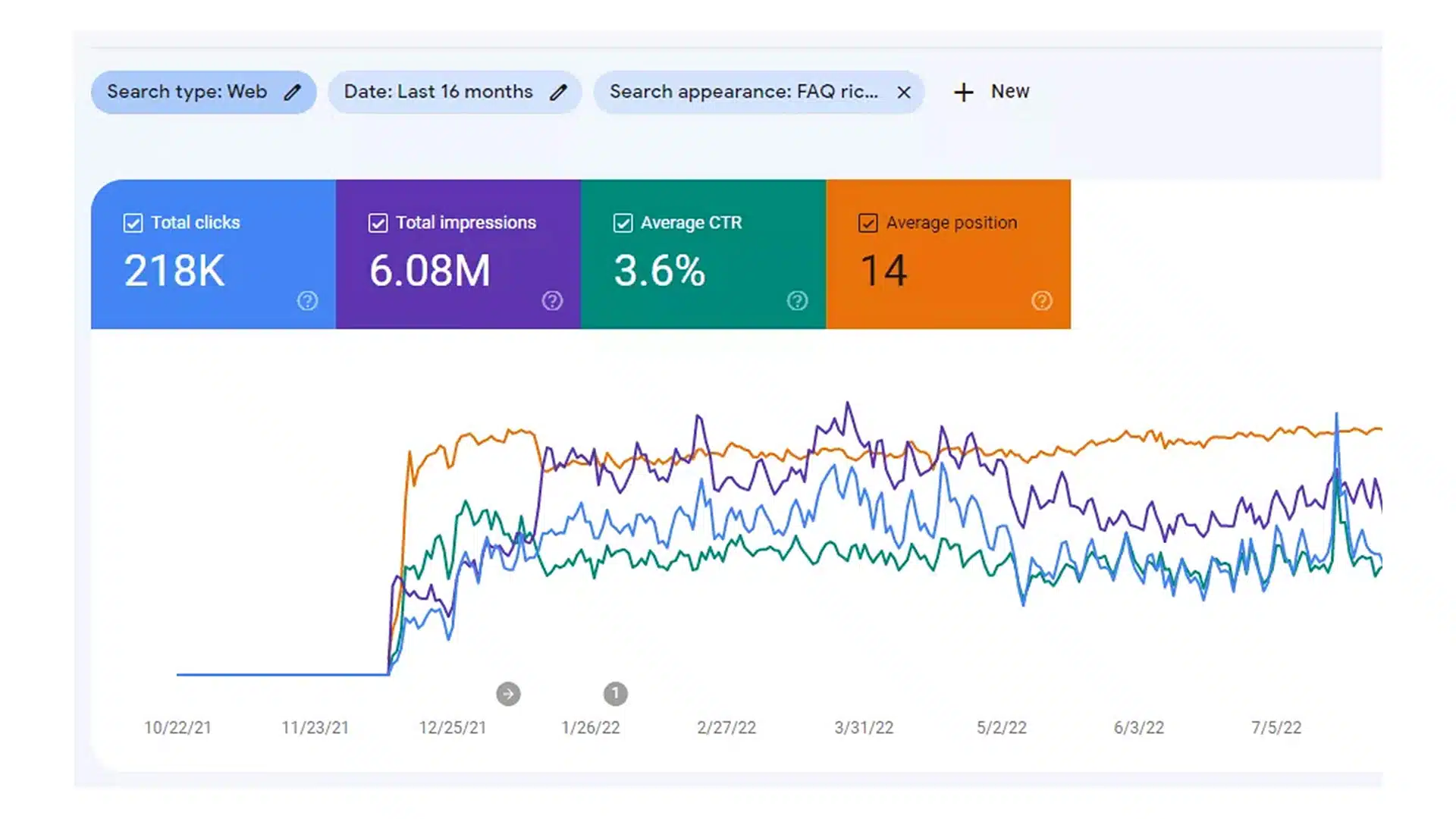AgentOps helps developers see inside their AI agents by logging every prompt, action, and cost. This review explains how it works, its features, setup, and why it’s becoming the go-to debugging tool for AI developers.
How to Implement Schema Markup for Maximum SEO Impact

Schema markup, a powerful tool for enhancing website visibility, helps search engines better understand and present content, potentially leading to improved SEO performance and higher click-through rates. According to recent statistics, pages with schema markup received a 40% higher click-through rate than those without, highlighting its significant impact on search engine results pages (SERPs).
Defining Schema Markup

How to Use Schema...
Schema markup is like a translator that helps search engines speak your website's language fluently. It's a form of structured data that provides explicit clues about the meaning of your web page content, enabling search engines to better understand and contextualize your information 2.
This enhanced comprehension allows search engines to deliver more accurate and visually appealing search results to users, potentially boosting your site's visibility and click-through rates.
There are three main types of schema markup formats: JSON-LD, Microdata, and RDFa 3 4. If schema types were coffee orders, JSON-LD would be the barista's favorite—quick, clean, and efficient. It's the format recommended by Google due to its readability for both humans and machines 1 5.
Microdata and RDFa, while still useful, are like more complex coffee blends that require a bit more effort to prepare but can be particularly effective for specific use cases, such as marking up lists of items directly within your HTML 4.
Rich Snippets and CTR

Schema markup is like giving your search result a flashy new outfit—it's bound to turn heads! This powerful tool generates rich snippets that make your content stand out in search engine results pages (SERPs), significantly enhancing your website's visibility and appeal to users 1 2.
Rich snippets created by schema markup can include eye-catching elements like star ratings, FAQs, images, and even product prices. These enhanced search results are not just visually appealing; they're also incredibly effective.
Pages with schema markup see a whopping 40% higher click-through rate than those without 3. This boost in CTR signals to search engines that your content is relevant and valuable, indirectly improving your SEO performance.
But schema markup isn't just about looking good—it's about improving user experience too. By helping users find relevant information faster, schema markup reduces friction in the search process.
For instance, recipe sites using schema can display ingredients and cooking times directly in search results, allowing users to decide if a recipe suits their needs without even clicking through 2.
For local businesses, schema markup is like having a personal assistant—it ensures customers know where to find you without getting lost. By showcasing contact information, business hours, and reviews directly in search results, schema markup gives local SEO a significant boost. This is particularly crucial as voice search continues to rise in popularity, with many voice-activated devices targeting nearby businesses or services 4.

Speaking of voice search, schema markup is your secret weapon for optimization in this arena. By providing precise answers to queries, schema helps search engines pull the most relevant information for voice search results 5. It's like whispering directly into the ear of AI assistants—with schema, even Siri will know what you're all about!
Schema markup also plays a vital role in enhancing visibility for specific content types. For e-commerce sites, product markup can display availability, image, price, and reviews, significantly boosting product listings 6. FAQ schema can help your content appear in the coveted "People Also Ask" section, increasing your chances of capturing featured snippets.
Moreover, schema markup aids in content discovery by helping search engines crawl and index your content more effectively 3. This ensures they understand the structure and context of your information, potentially leading to better rankings for relevant queries.
In the evolving landscape of search, schema markup is becoming increasingly essential. By 2025, it's expected to be crucial for helping AI understand the context of your content, especially for voice search optimization.
As smart audio and visual devices become more prevalent in households, structuring your data for AI-driven "contextual understanding" will be key to staying ahead in the SEO game.
Implementing Schema Made Easy

Implementing schema markup doesn't require a computer science degree - with the right tools and approach, it's easier than assembling IKEA furniture (and no missing screws here!). Let's break down the process into manageable steps.
First, choose the appropriate schema type for your content. Common types include Article, Product, FAQ, and Recipe, but there are hundreds of options available. The Schema.org website is an invaluable resource for exploring different schema types and their properties. For example, if you're running an e-commerce site, you'll want to use Product schema to highlight details like price, availability, and reviews 2.
Once you've identified the right schema type, it's time to create the markup. Google's Structured Data Markup Helper is a user-friendly tool that simplifies this process 3.
Simply enter your webpage URL, select the appropriate data type, and start tagging elements on your page. The tool will generate the necessary JSON-LD code for you to implement 4.
For those using content management systems like WordPress, plugins can make schema implementation a breeze. These tools often allow you to add schema markup without touching a single line of code, making the process accessible even for non-technical users.
After creating your schema markup, it's crucial to test it before going live. Think of this step as proofreading your website's love letter to Google - you want to make sure everything is perfect. Google's Rich Results Test is an excellent tool for this purpose, allowing you to check if your structured data is valid and eligible for rich results 5.

When implementing schema markup, remember that JSON-LD is Google's preferred format due to its readability and ease of implementation 1. You can place JSON-LD schema markup anywhere in the or of your page's HTML.
For those managing recipe websites, the Recipe schema type is particularly powerful. It allows you to specify details like cooking time, ingredients, and nutritional information. This can lead to eye-catching rich snippets in search results, potentially increasing click-through rates 6.
If you're running a local business, don't overlook the Local Business schema type. This can help display crucial information like your address, phone number, and business hours directly in search results, boosting your local SEO efforts 7.
Remember, schema markup is not a one-and-done task. As search engines evolve and new schema types emerge, it's important to regularly review and update your markup. Set a reminder to check your schema implementation every few months to ensure you're taking full advantage of this powerful SEO too.
By following these steps and utilizing the available tools, you can implement schema markup effectively, helping search engines better understand your content and potentially boosting your visibility in search results. No coding wizardry required - just a bit of patience and attention to detail.
Schema Pitfalls to Dodge

When implementing schema markup, it's crucial to avoid common pitfalls that can undermine your SEO efforts. One of the most frequent mistakes is using incorrect or irrelevant schema types for your content.
As John Mueller from Google emphasizes, "We want to make sure that the structured data you have on your page matches the primary element on your page." 1 For instance, don't use Recipe schema on a travel blog post or Product schema on category pages.
Another critical error is failing to test your schema markup before implementation. Use tools like Google's Structured Data Testing Tool or Schema App to validate your markup and ensure search engines can correctly interpret your content 2 3.
Additionally, keep your schema information up-to-date, as outdated data can confuse search engines and users alike.
Regularly review and update your markup, especially for time-sensitive information like event dates or product availability 4. Remember, schema markup is not a "set it and forget it" task – it requires ongoing maintenance to remain effective.
Tracking Schema Performance Metrics

To measure the impact of schema markup on your website's performance, focus on key metrics like click-through rates (CTR), organic traffic, and search engine rankings. Google Search Console is an invaluable tool for tracking these metrics, allowing you to monitor your site's average position for specific queries and compare performance before and after implementing schema markup 1 2.
For a more comprehensive analysis, use Google Analytics in conjunction with Search Console. This combination enables you to track how structured data affects user behavior and engagement on your site 3. If your clicks are climbing faster than a cat up a tree after implementing schema markup, you're on the right track!
Keep an eye on rich snippet presence in search results and monitor conversion rates for schema-enhanced pages 4. Remember, while tools can simplify the process, regular monitoring and adapting to algorithm changes are crucial for maximizing the benefits of schema markup 5.
Conclusion
Schema markup is a powerful tool that can significantly enhance your website's visibility and performance in search results. By providing search engines with structured data, you're essentially giving them a roadmap to better understand and present your content 1. This can lead to rich snippets in search results, improved click-through rates, and potentially higher rankings 2.
Starting small with schema implementation is key. Focus on core content types like your business information, products, or articles, and gradually expand as you become more comfortable with the process 3. Remember, even basic schema can make a difference in how search engines interpret your content.
Ready to give your website some extra sparkle? Start scheming... er, we mean scheming with schema! By implementing this powerful SEO tool, you'll be helping search engines and users alike find and understand your content more easily 4. So don't wait - dive in and start structuring your data for better visibility and engagement today!

